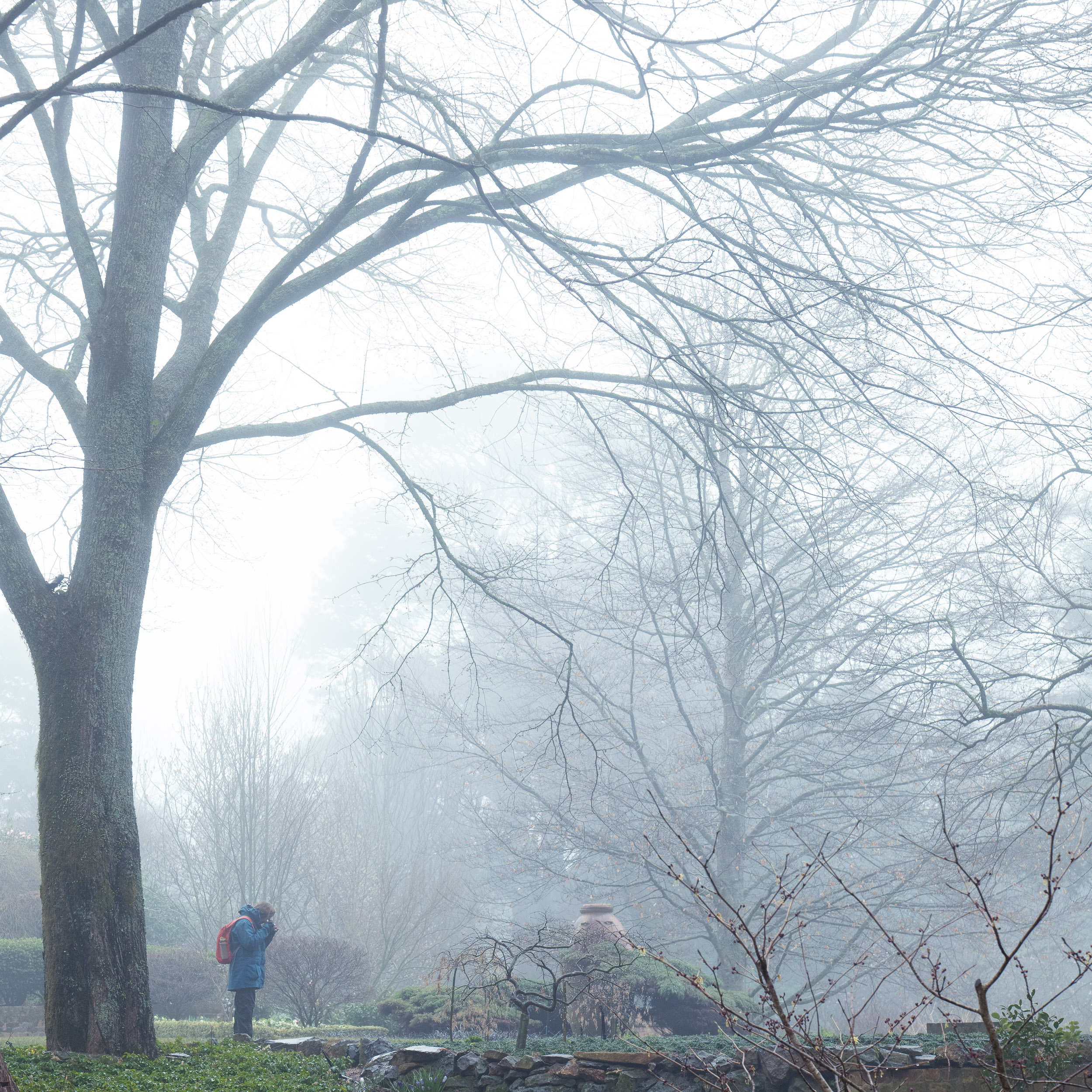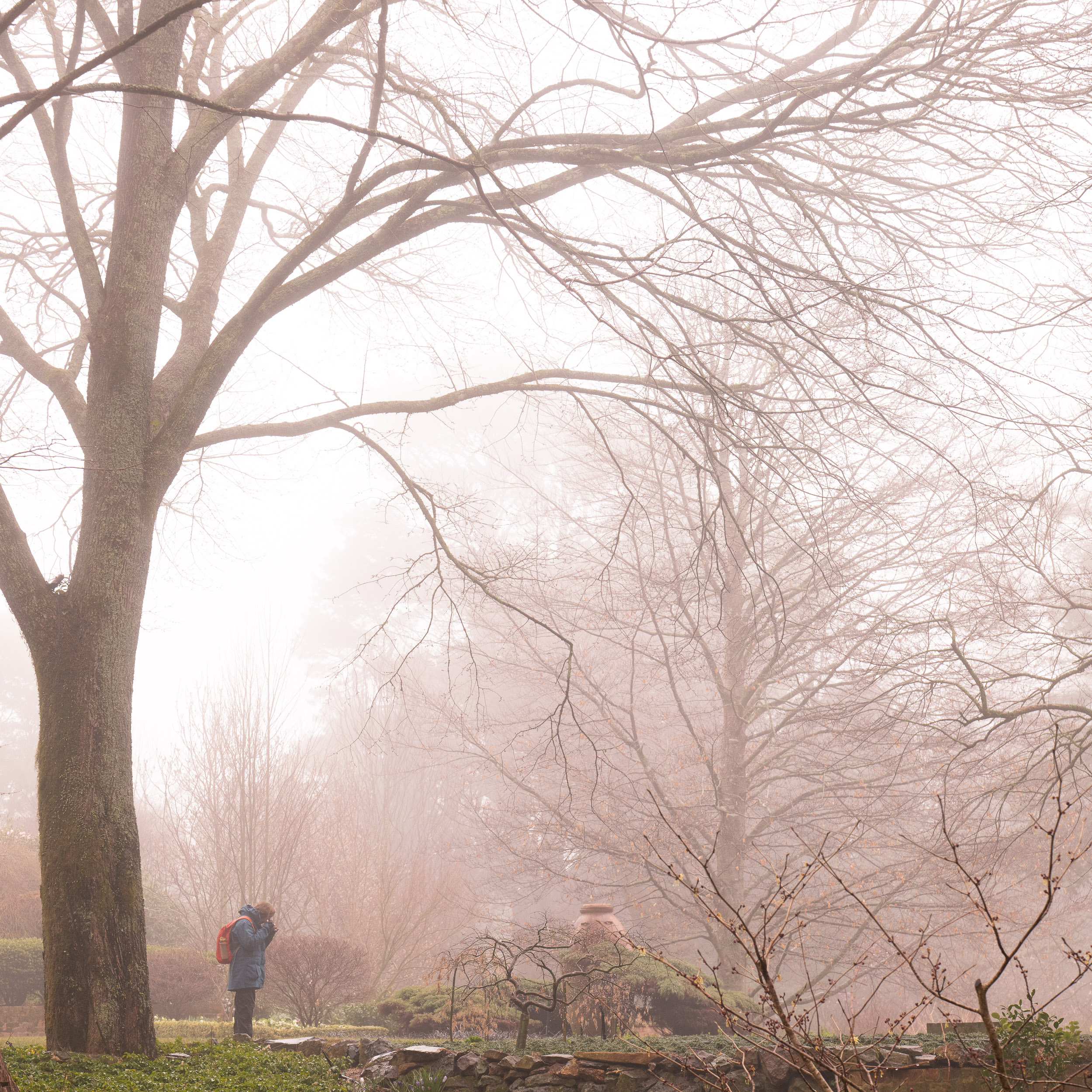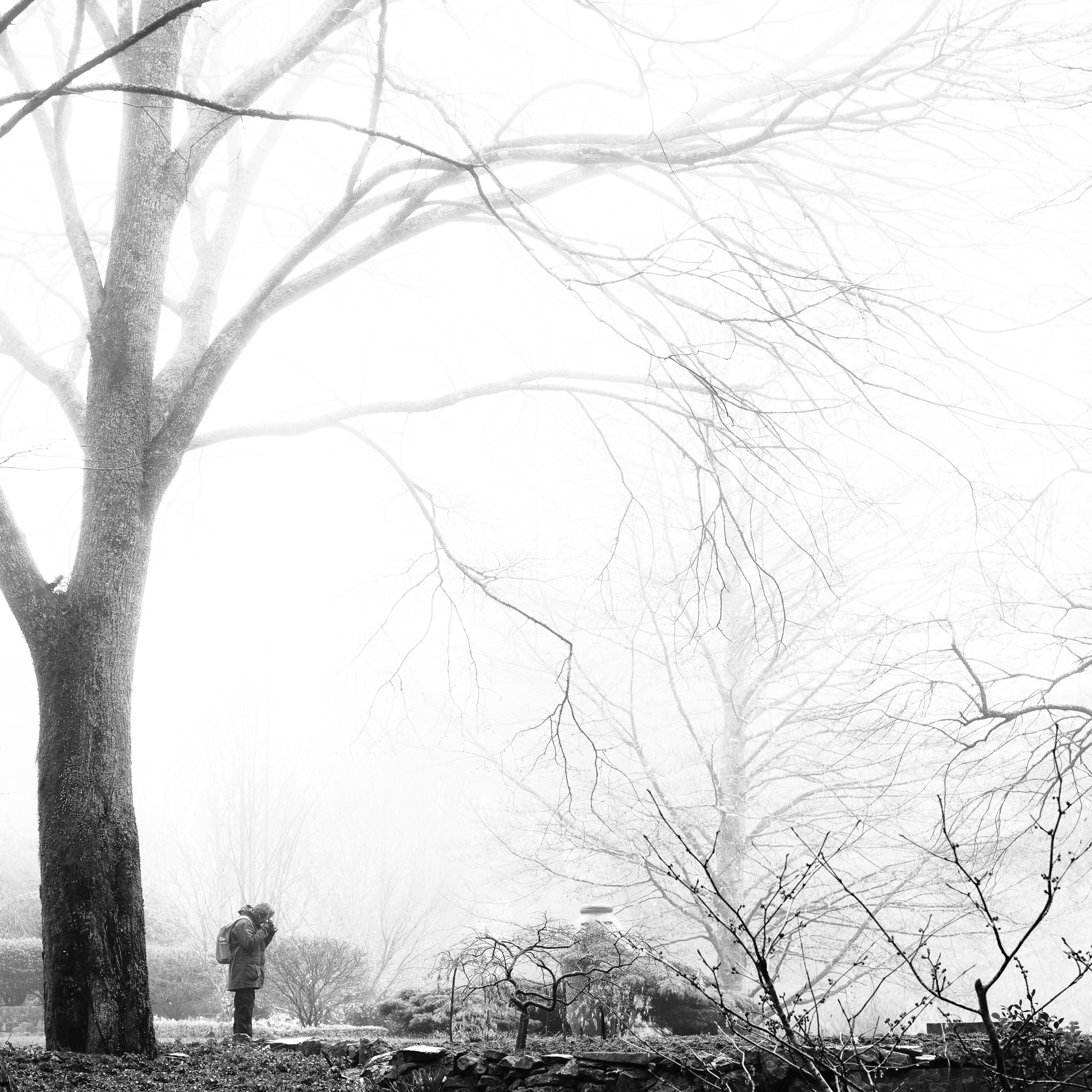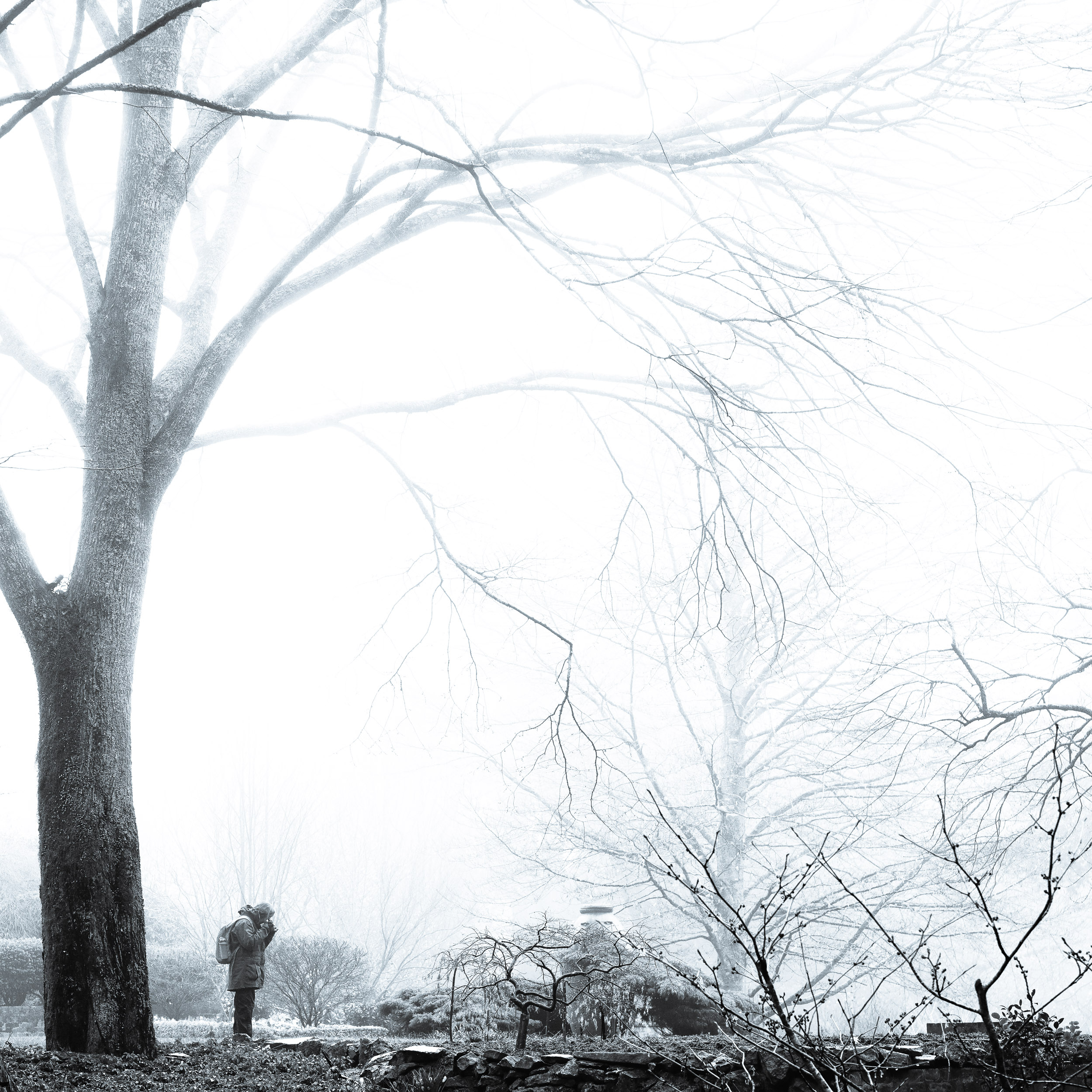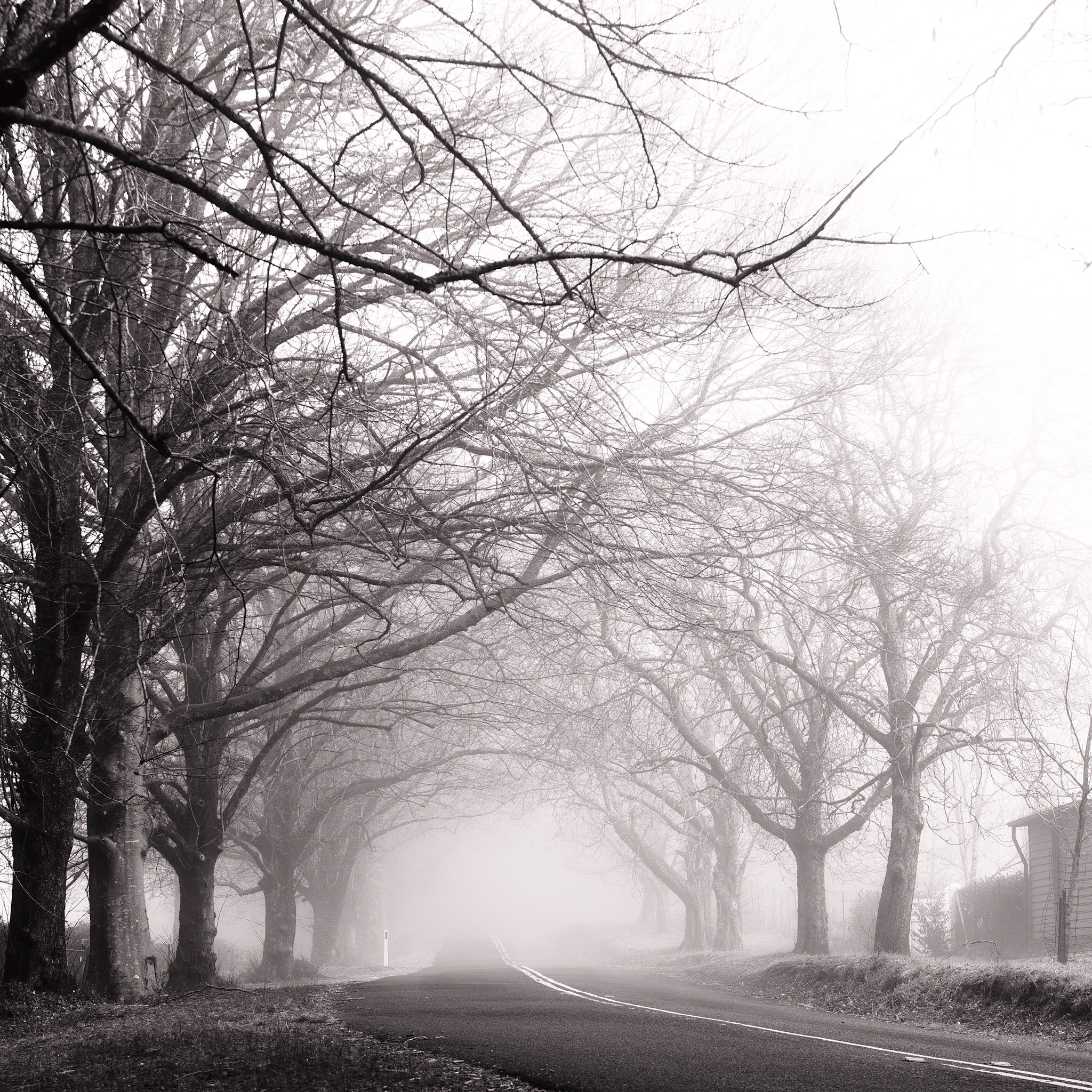EX35 Warm or Cool
You can probably divide many colours into a warm or cool divide quite easily. Red is warm. Blue is cold. Yellow is warm. Green is cool. Where do you put; mauve. purple, violet or lavender?
Did you know we can have warm reds and cold reds? Cadmium Red is considered warm and vibrant while Veridian is cold. The easiest way to identify warm or cool is to go with your feelings. On a scientific level look for red or blue colour casts. They appear in all colours. You will have to concentrate and look very closely to see this.
Another easy example is watching a lemon ripen. It goes from cool to warm as it ripens. It turns warm when it is perfectly ripe and ready to use. Bananas also work this way. For you see, colours tell us a great deal about things.
The warm and cool spectrum plays deeply with our subconscious selves.
Movie directors are well aware of this. They shift the colour temperature during a movie to play with our emotions. To give the viewer extra clues as triggers for our emotions.
This week I want you to try subtitle tinting or colour temperature variations in your work. Try making your work warmer and cooler. Post both versions of each photograph so others get to see the differences. Write about which ones you prefer and why the underlying colour helps the emotional impact of the photograph.
If you are a Monochrome photographer you can do this with toning.
Colour photographers can use many different methods to control the colour of their work. This includes; colour temperature, split toning, adjustments with colours (brush, gradients or layers), RGB colour curve adjustments and HSL adjustments.
My examples are over processed to make them more obvious. The real mastery here is to be extremely subtle. See how subtle you can be, but try the obvious first.

